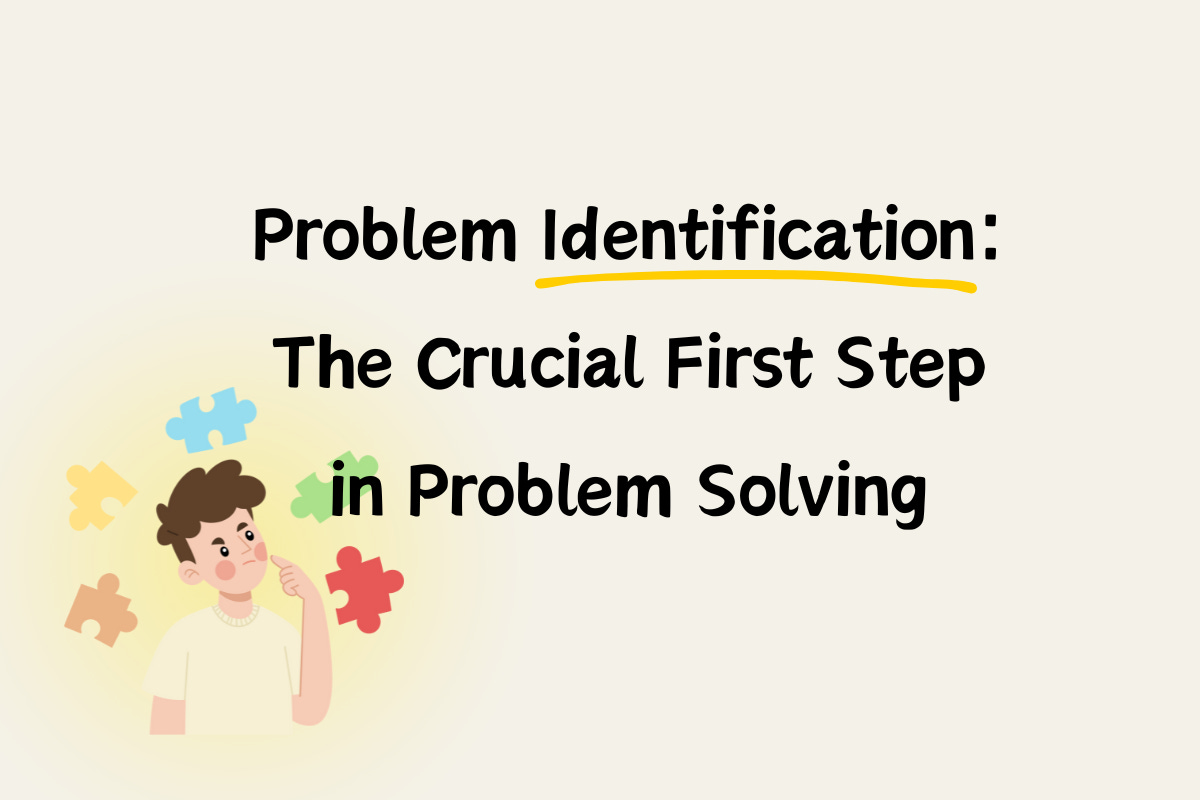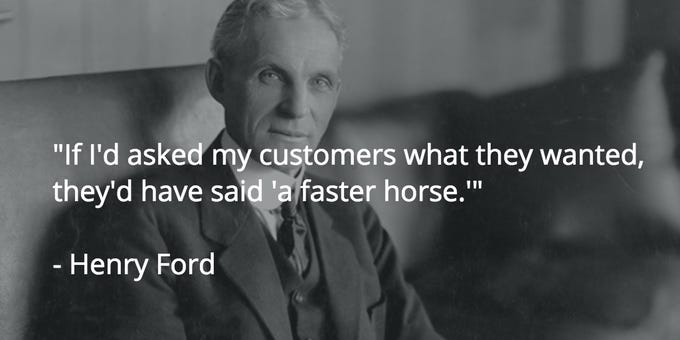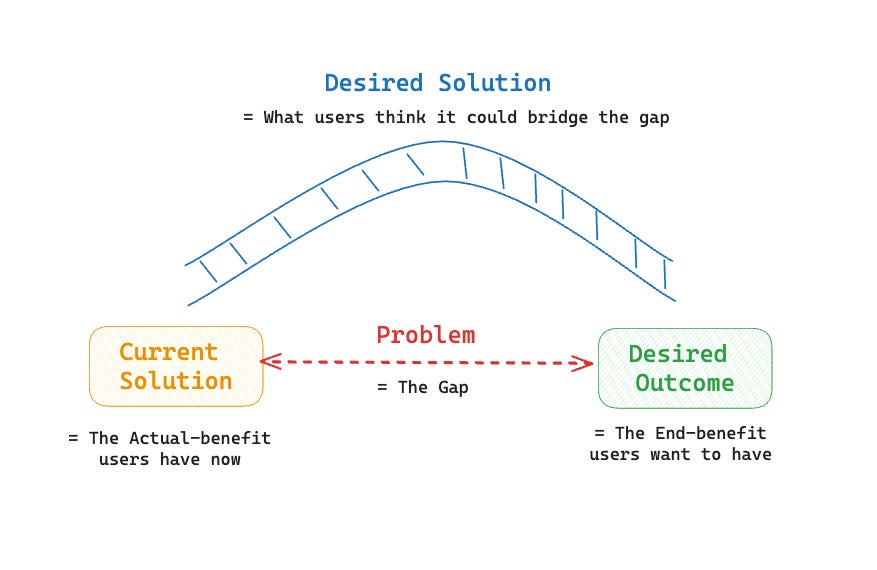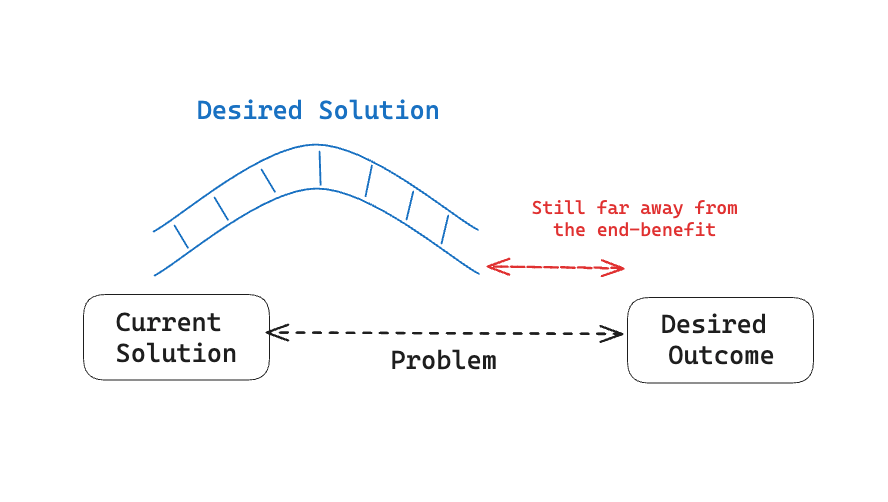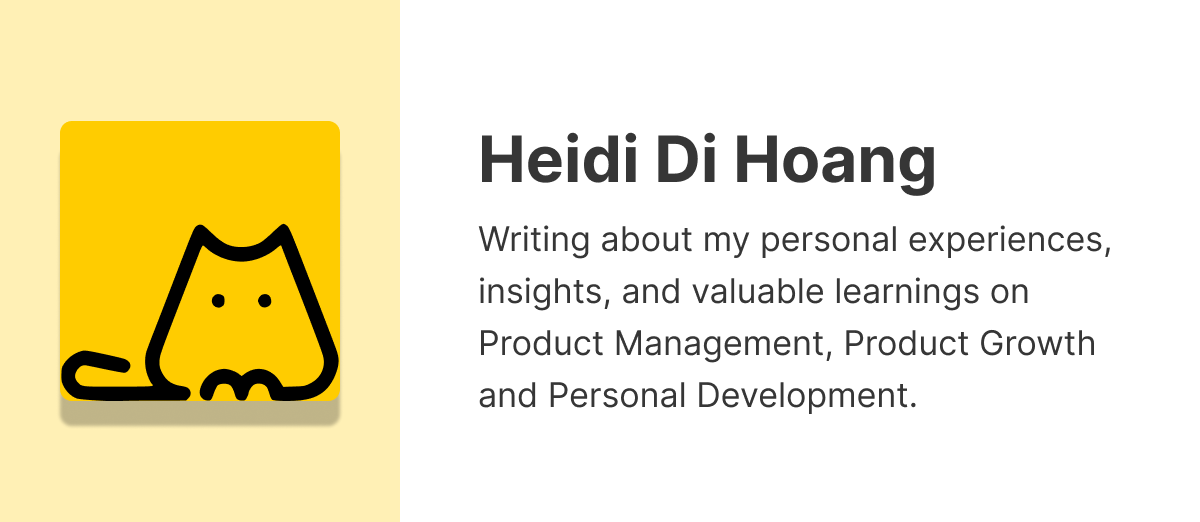Problem Identification: The Crucial First Step in Problem Solving
Problem-solving is the cornerstone of successful product management. As PMs, our ability to identify and address issues that arise during development directly impacts the success of our products. However, to truly excel in problem-solving, PMs must first understand the core problems we're aiming to solve. Without this deep understanding, we can end up creating incremental products or features, instead of needle-moving ones.
Two Common Mistakes in Defining User’s Problems
Mistake #1: Solution-thinking, not Problem-thinking
One of the most common mistakes among PMs and product builders is starting with a solution in mind and attempting to fit the problem to match it. Instead of objectively assessing the problem first and then finding a solution, they tend to do the opposite. This approach overlooks the true underlying problems or users’ needs, and often results in ineffective solutions.
Mistake #2: Confusing Desired Solution with Desired Outcome
A prevalent mistake in product management is mistaking a user's desired solution for their desired outcome. While “desired outcome” represents the end-benefit or what users aim to experience, “desired solution” is their perceived method to achieve that end-benefit. This misunderstanding often leads product teams astray, resulting in solutions that fail to address users' true needs.
A classic example that illustrates this concept is the case of Henry Ford and the development of the Ford car:
“If I had asked my customers what they wanted, they would have said a faster horse.”
- Henry Ford
Henry Ford's insightful remark highlights the danger of assuming that customers' desired solutions align with their true needs. Instead of focusing solely on the perceived solution of a faster horse, Ford recognized the root problem as transportation and the desired outcome as improved transportation speed. This deeper understanding allowed him to innovate beyond expectations and introduce the revolutionary solution of the car.
It's essential to recognize that customers may not always articulate their true needs accurately. They may be limited by their imagination or knowledge of available solutions. By delving deeper into the underlying problem users are trying to solve, product teams can innovate and develop solutions that truly resonate and exceed expectations.
Understanding the Essence of "Problem"
To effectively pinpoint the problem, it's crucial to grasp a precise understanding of what constitutes a "Problem".
Essentially, a Problem is the gap between the Current Solution and the Desired Outcome. Our focus should center on identifying this gap, which encapsulates the underlying problem, rather than fixating solely on the user's perceived solution.
Incorrectly identifying the problem, or exclusively focusing on user’s desired solution might result in the development of incremental products or features rather than transformative ones. Because we have defined our problem too narrowly, we end up with a less innovative solution set that doesn’t move the needle for our users.
How to effectively identify the problem
Drawn from my experience, understanding the essence of a problem is pivotal in effectively identifying it. Here's how to navigate this process:
Figure out the Customers’ Desired Outcome: What do the customers truly want to achieve?
Direct your attention to their end goal, rather than the solution they may think of. This approach liberates us from the limit of "solution thinking," allowing us to come up with a more effective and innovate solution.
Understand their Motivation: Why do they want to achieve this outcome?
Delve into the underlying motivations driving their aspirations. By grasping the "why" behind their goals, we gain deeper insights into their genuine needs and desires.
Identify the Gap: What prevents customers from achieving their desired outcome today?
Pinpoint the obstacles obstructing their path to that end goal. These recognized gaps serve as the foundation for crafting initial problem-solving hypotheses.
Consider the case of Disney amusement parks:
The Park executives frequently received complaints about hour-long wait times, and they initially perceived the problem solely as the long wait time itself. Consequently, they sought solutions to reduce wait times by adding more rides or limiting park admissions.
However, when they brought in a design firm to solve the problem, the designers framed the problem completely differently. They viewed the problem as not reducing wait times, but reducing the pain of waiting, leading to a different, innovative solution:
They introduced impromptu shows featuring Disney characters that guests could see from the waiting queues.
Additionally, Disney characters paraded through the queue, interacting with guests by shaking hands and taking photos.
These character interactions provided a simpler and more effective solution for the park, ultimately solving the waiting problem more efficiently.
Final Thought
In conclusion, as product managers, our success hinges on our ability to accurately define and solve problems. Avoiding common pitfalls such as solution-thinking and mistaking desired solutions for desired outcomes is paramount. By understanding the essence of a problem - the gap between the current solution and the desired outcome - we can craft innovative solutions that truly resonate with users and drive meaningful impact. Let's remember, it's not just about solving problems; it's about solving the right problems in the most effective way possible.
If you’re finding this post valuable, share it with a friend, and consider subscribing if you haven’t already.
#WOTN5 Bài viết thuộc thử thách viết 30 ngày của khóa học Writing On The Net.


